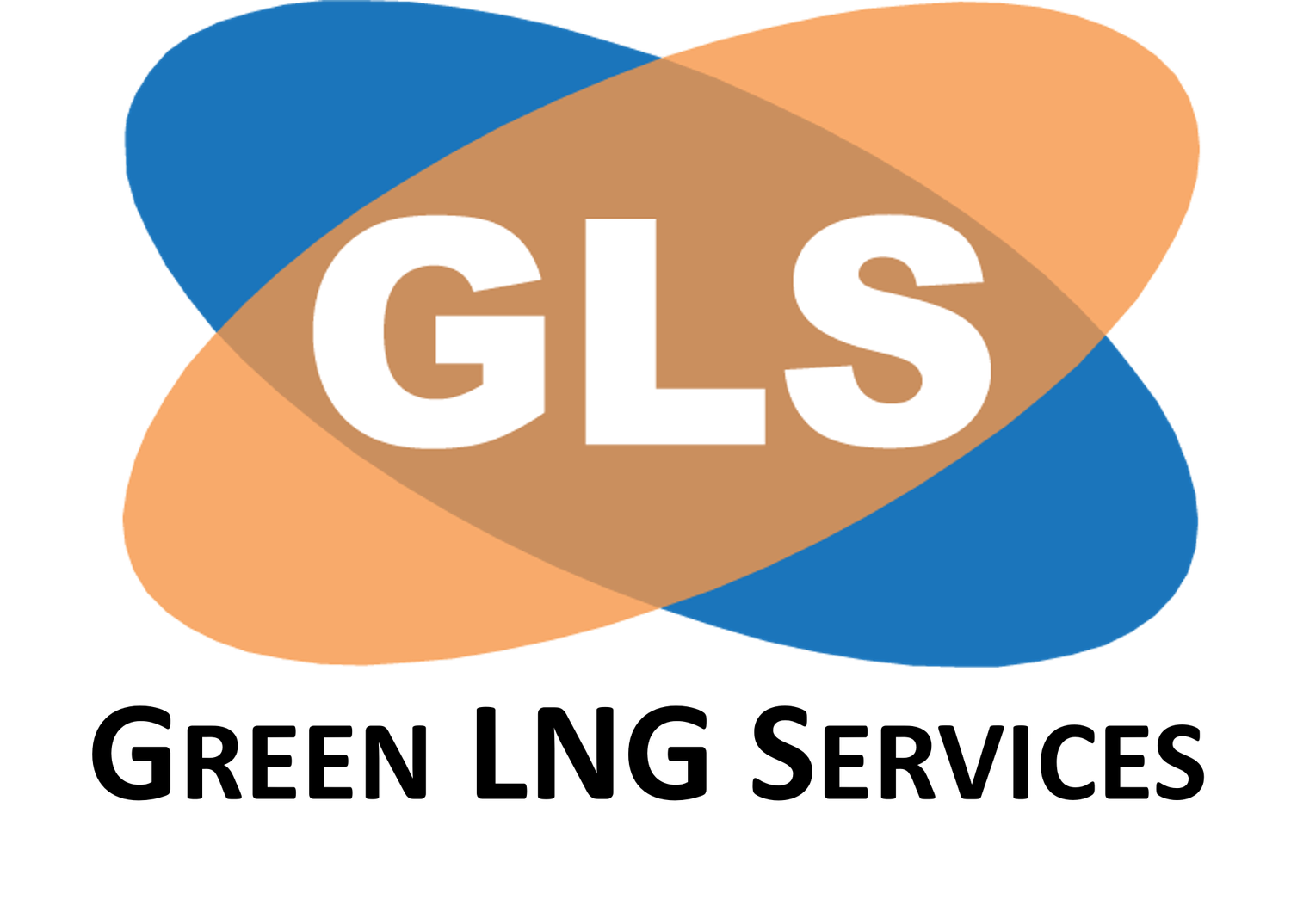The LIQUI-MAX® System - High Capacity - Low CAPEX - Minimal environmental footprint
Footprint
WATER – Conventional floating LNG production uses vast amounts of water to cool the process plant, creating harmful impact on the local marine environment and fish populations. By developing an innovative air cooling solution GLS has eliminated the need for water circulation, minimizing any impact on the local marine environment, the fishing and tourist industries.
LAND – The alternative to the LIQUI-MAX® System is to construct an onshore LNG production plant. This would likely claim more than 1,000,000 m2 of land, in addition to access roads and construction facilities. Coastlines are valuable as nature reserves and beachfront property.
AIR – A LIQUI-MAX® System production plant with a capacity of 24 million ton of LNG per year reduces CO2 emissions by 50% relative to coal, when the LNG is used for electricity production -- or by above 100 million tons, equivalent to emissions of about 60 million standard passenger cars per year.


